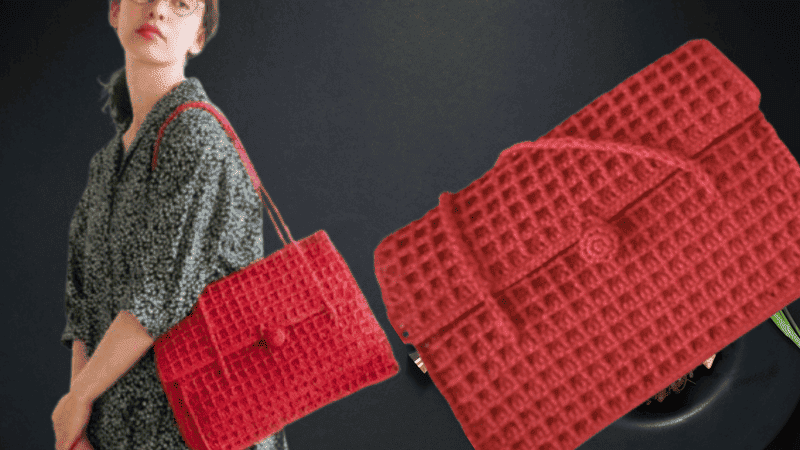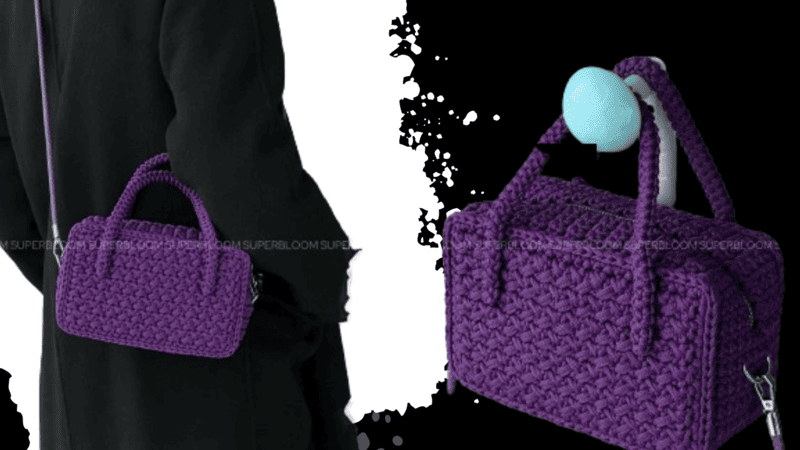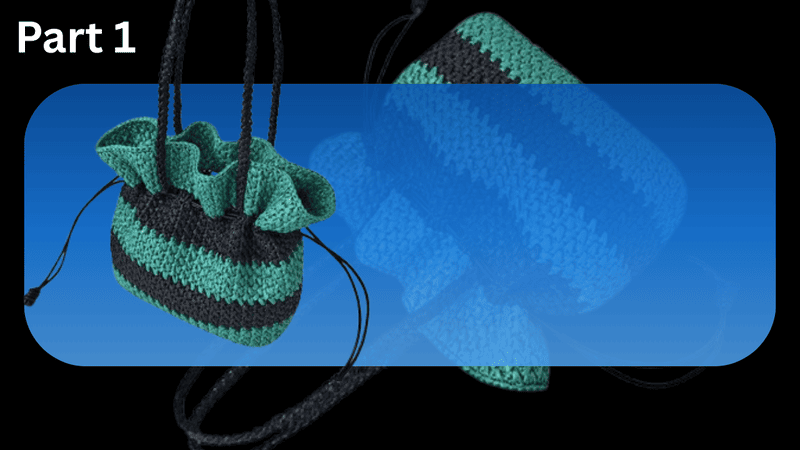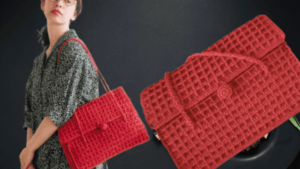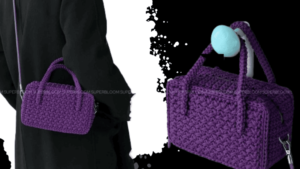Mastering SC3TOG: The Ultimate Guide To Single Crochet 3 Together
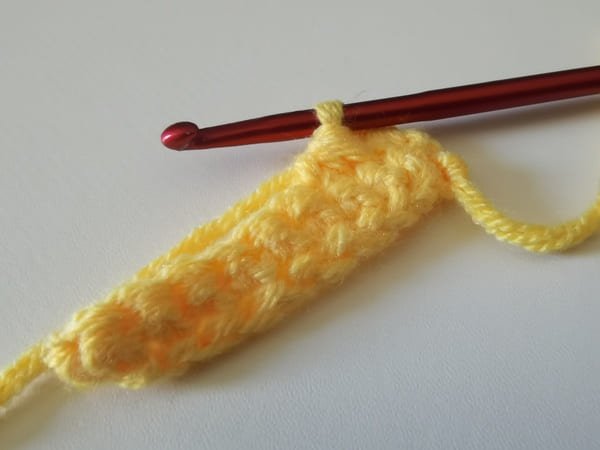
Table of Contents
When we first sit down with a crochet pattern, most of us want to tidy up the stitch count without messing up the flow. That’s where the sc3tog stitch comes in handy-short for single crochet three together-for crafting clean, gentle decreases. It lets us curve blankets, taper amigurumi heads, and give other pieces a polished outline.
In this guide well walk through exactly what sc3tog is, why it matters, and how to work it step by step, so it feels easy. Well also share a few handy tips, quick fixes, and common mistakes to watch for, so were never left wondering if we did it right.
What is SC3TOG?
The sc3tog stitch is a decrease move, kind of like the sc2tog. The big change is that sc3tog pulls three stitches together, so you lose two from the row or round. That gentle slope looks great when you want curves or sweet little details in amigurumi.
Picture your crochet work as a grid. Using sc3tog lets you yank in three squares at the same time. People use it for:
- Smoother shaping in projects worked in circles
- Dropping stitches faster than with sc2tog
- Adding neat definition and texture
- Softening edges or giving shapes a rounded look
Want to learn single crochet, please click here:Single Crochet Tutorial
When should we use SC3TOG?
When we need to decrease stitch count quickly SC3TOG shrinks the stitch count by two in one move, speeding up the process way more than the usual SC2TOG.
When we re shaping amigurumi We work it into heads, cheeks, noses, and other features so the fabric curves neatly and no holes show.
When we re tapering the top of a hat Because it pulls stitches tight, SC3TOG creates a smooth, even crown in just a few rounds.
When we re forming tips on leaves or petals At the points it gives flowers and leaves a natural, gentle curve instead of a sharp angle.
When we re shaping garments sweaters, tops, etc. Think necklines, shoulders, and sleeve edges where extra strength in the stitch is a real plus.
When we want to add texture or definition By mixing SC3TOG with plain rows, we make ridges, dips, or little folds in blankets, scarves, and borders.
When we need to correct a stitch count If we accidentally upped the count, one quick SC3TOG fixes it-no ripping back a whole row.
When we want a faster alternative to SC2TOG
If a project has tight space or time limits, we use SC3TOG instead of SC2TOG so each shaping round goes quicker.
How to work an sc3tog Crochet Decrease?
🪡 Step 1: Insert your hook into the first stitch.
Yarn over and pull up a loop. Now you should see 2 loops sitting on your hook.
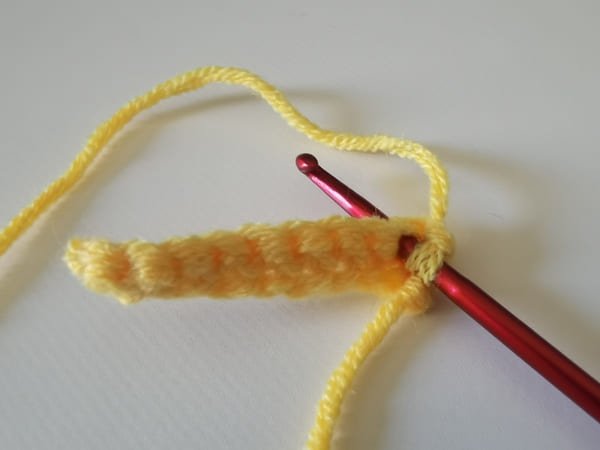
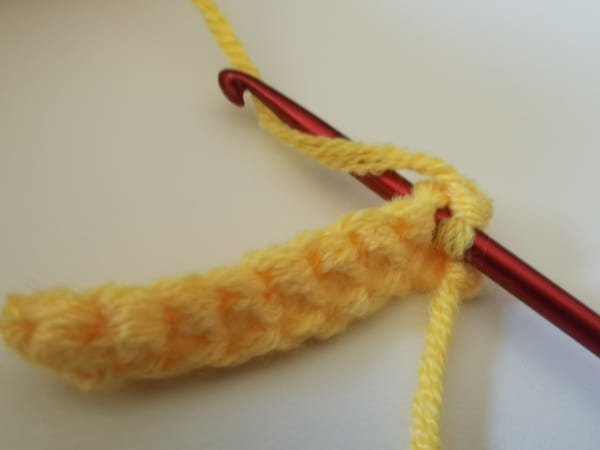
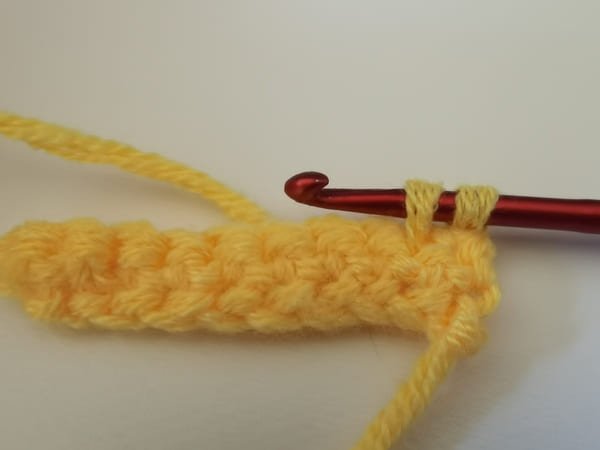
🪡 Step 2: Insert your hook into the second stitch.
Yarn over and pull up another loop. That gives you a total of 3 loops on the hook.
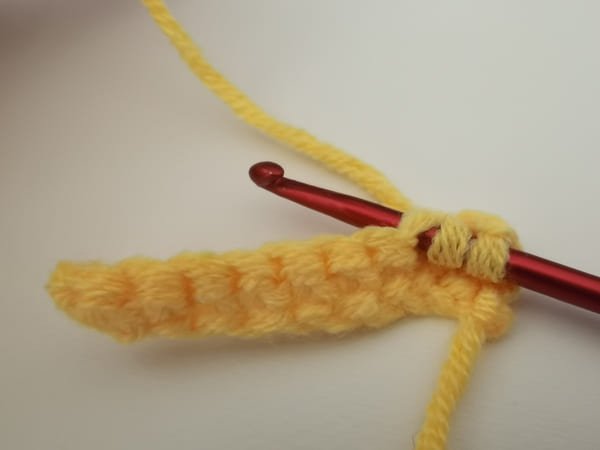
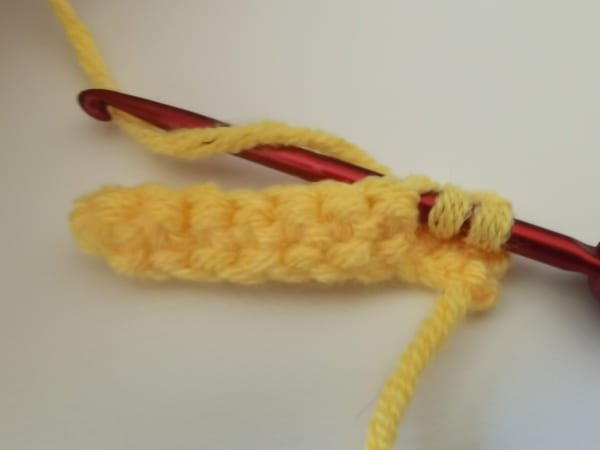
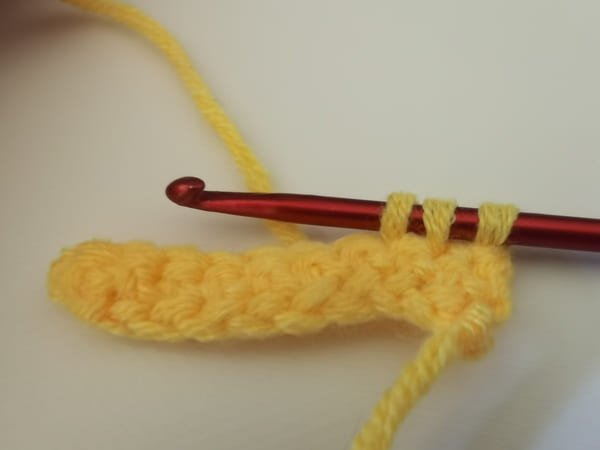
🪡 Step 3: Insert your hook into the third stitch.
Yarn over and pull up one final loop. Now there are 4 loops hanging out on your hook.

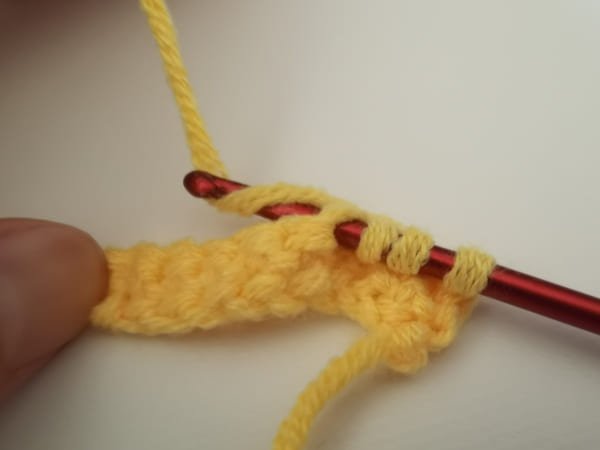
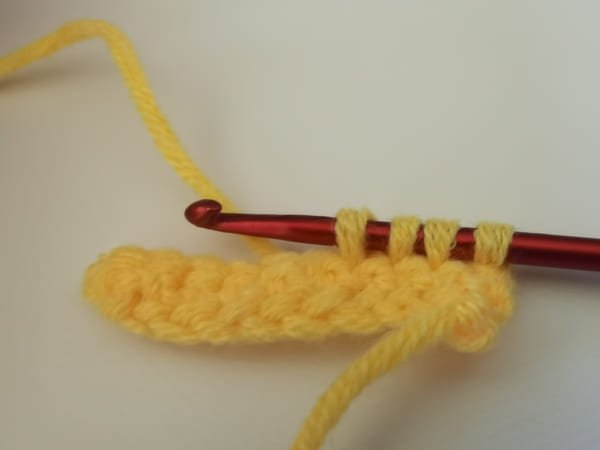
🪡 Step 4: Yarn over and pull through all 4 loops.
That completes the sc3tog.
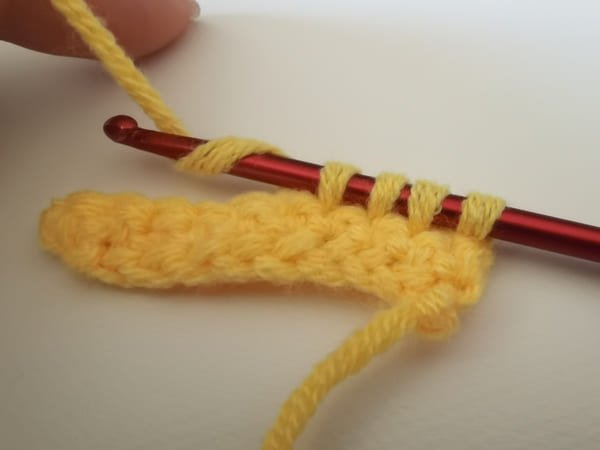
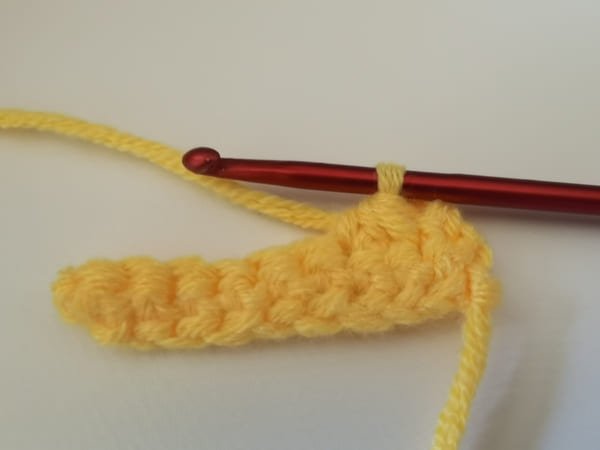
Pro tips for success with SC3TOG
When we try any new decrease stitch, little mess-ups usually sneak in. Keep these simple tricks in mind so your sc3tog looks neat every time:
Tip 1: Loosen the yarn
A really tight pull makes it rough to draw through four loops. Keep your working yarn a bit looser for an easier, smoother finish.
Tip 2: Match the loop height
See that all three strands rise the same distance. If even one is shorter, the whole stitch will flash its imbalance.
Tip 3: Count, then count again
Every sc3tog shrinks your total by two. Always double-check your final number or the whole project may look off.
Common mistakes (and how we can avoid them)
Even seasoned crocheters trip over the sc3tog stitch from time to time. Here are a few common slip-ups-and quick fixes-to help you along:
Mistake 1: Skipping a stitch
Its easy to lose count and miss that third loop. Suddenly the stitch number doesn’t add up.
Fix: Pop a stitch marker every three stitches while you practice.
Mistake 2: Splitting yarn
A rough hook or tight rows can drive the point right through the yarn.
Fix: Grab a hook with a smoother tip and lift each loop nice and even.
Mistake 3: Finishing with too much tension
Pull the last yarn-over too tightly, and those four loops will just not budge.
Fix: Level all three loops with an even height before finishing the stitch.
Real-world project ideas featuring SC3TOG
| Project | What SC3TOG Adds |
|---|---|
| Stuffed Animals (Amigurumi) | Eyebrow ridges, cheeks, and curved bodies |
| Crochet Hats | A smoothly tapered crown |
| Pumpkins and Gourds | Realistic ridges on the surface |
| Bags and Baskets | Narrow bases and gently curved sides |
| Slippers and Socks | Shaped heels and pointed toes |
| Decorative Leaves | Soft, natural curves |
SC3TOG vs SC2TOG: What’s the difference?
| Feature | SC2TOG | SC3TOG |
|---|---|---|
| Combines | 2 stitches | 3 stitches |
| Reduces by | 1 stitch | 2 stitches |
| Used for | Gentle shaping | Strong shaping |
| Visual Look | Mild indentation | Deeper curve |
FAQ
Q: How many loops should we have on the hook during SC3TOG?
A: When done correctly, we should have 4 loops on our hook right before the final yarn-over.
Lets break it down:
Insert hook into the first stitch and pull up a loop – 2 loops on the hook.
Insert into the second stitch and pull up a loop – 3 loops on the hook.
Insert into the third stitch and pull up a loop – 4 loops on the hook.
Yarn-over and pull through all 4 loops – stitch complete.
If we dont have 4 loops before that last yarn-over, we may have missed a stitch or pulled too tight.
Q: Can we use SC3TOG in both rows and rounds?
A: Yes, absolutely! SC3TOG works beautifully in both rows and rounds.
In rows we often use it at the beginning, middle, or end of the row to shape tips of shawls, petals, or edges of garments.
In rounds its especially useful in amigurumi or hats when we are closing the top or giving the piece a new shape.
Just remember: in rounds, it helps to mark where the SC3TOG stitches are so we keep each decrease looking the same.
Q: Does a regular SC3TOG leave a hole or gap in the fabric?
Sometimes it can-but only when the tension is too loose or the loops are pulled unevenly. To avoid an obvious hole: * Keep the loops at the same height.
- Pick a yarn that holds its shape well.
Using the invisible version-front loops only-makes a cleaner finish in tight spots, like amigurumi.
With a little practice, the SC3TOG will blend right into the fabric.
Q: What’s the best yarn and hook to practice SC3TOG?
A: If you want to learn sc3tog with the least frustration, grab this set-up:
- Worsted-weight yarn (medium-4): Its thickness is just right—neither too bulky nor too skinny.
- 3.0 mm hook: This size feels comfy in your hand and pairs well with most worsted yarn.
- Smooth, light-colored yarn: A bright, smooth yarn shows every little stitch, so you can see exactly what you’re doing.
Try to steer clear of fuzzy, dark yarn when you’re starting. Fluffy fibers and deep colors hide the stitches, and that makes it way harder to find the places where you need to poke your hook, especially across three loops.
Q: What are some common mistakes when learning SC3TOG?
A: Oh, we all trip over the same potholes! Here are the slip-ups that pop up most often —and how to fix them right away.
Mistake How To Fix It
Only working into 2 stitches Double-check the hook—each leg needs its own stitch.
Pulling loops unevenly Lightly pull each loop to the same height before finishing.
Forgetting to adjust stitch count Each sc3tog eats up 2 stitches, not just 1.
Letting loops slip off the hook Keep a gentle grip and let the yarn slide through slowly.
Q: Can we substitute SC3TOG for other decrease stitches in patterns?
A: Yes, you can swap sc3tog in, but do it carefully. Since this stitch drops 2 extra loops, putting it in place of a regular sc2tog messes up the total count unless you adjust the stitches beforehand.Here’s a handy tip: switching two sc2tog stitches for one sc3tog still gives the same decrease. So, magical numbers still change from 4 stitches to 2 when we swap those two decreases.
Sometimes, though, a project needs exact lines, we grab the calculator and work up a quick test swatch to check how it looks.
We suggest trying the pattern as written before tweaking. If the feel still works, then slide in the sc3tog where it fits the fabric.
Q: Is SC3TOG beginner-friendly?
A: Absolutely! If single and sc2tog live in our wheelhouse, adding sc3tog feels like sliding around one corner. With calm practice and a soft, solid yarn, mastery shows up fast.
Begin with a small yarn sample, work a couple rows to warm up, and place stitch markers between each set of stitches. Soon that sc3tog will be as easy as counting to three.
Reference sources
1.Learn the most comprehensive guide for single crochet(sc)
Author:Sarah Stearns
Publication date: on June 15, 2021, updated:December 14, 2024
Title: How to single crochet (sc)for beginners
Summary as blow:
- Step-by-Step Single Crochet for Beginners
- Single Crochet into a Foundation Chain
- Single Crochet into another Row
- Single Crochet in the Round
- Increases and Decreases
- Working Single Crochet in Different Loops

